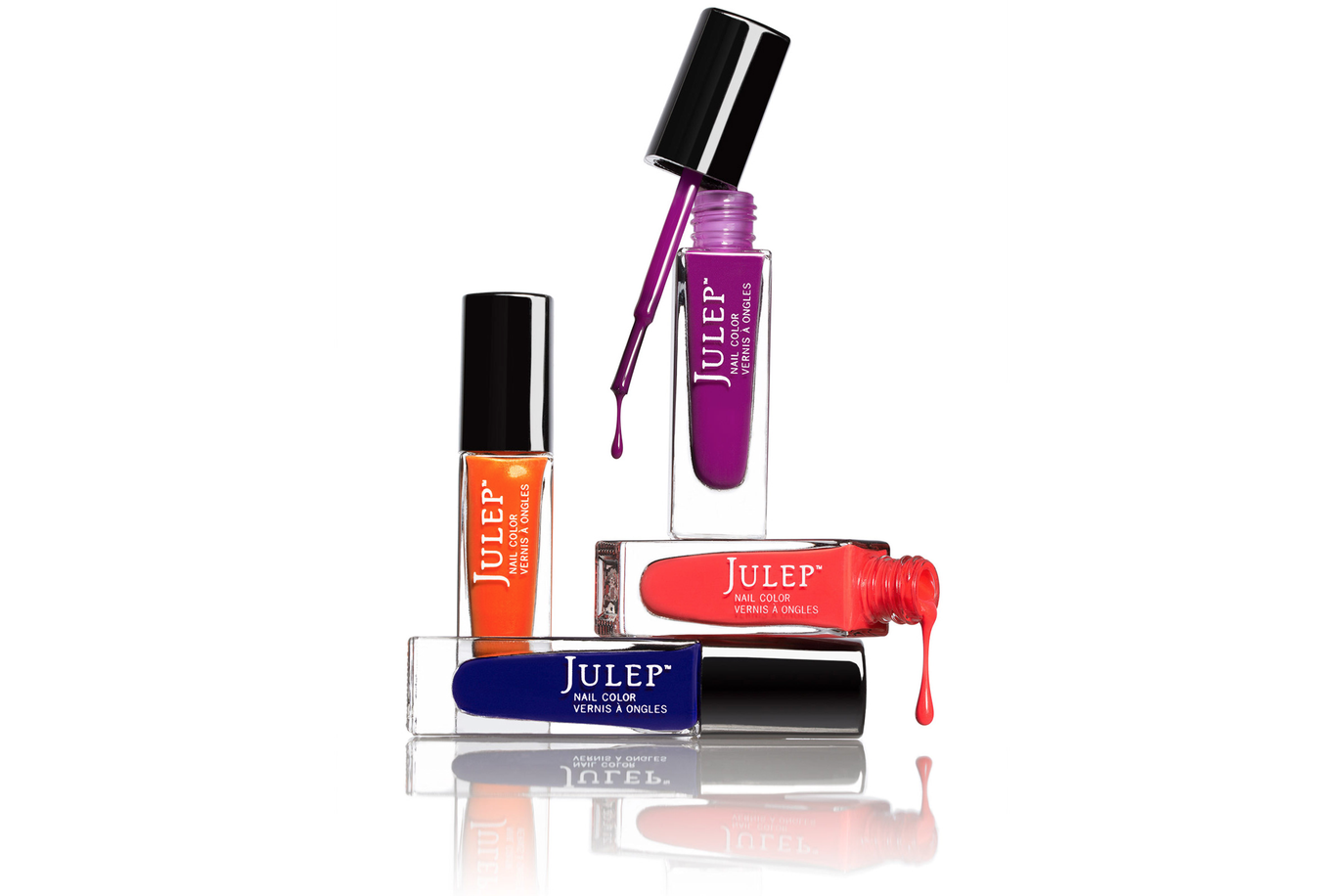
In less than 10 years, Julep raised over $70 million from major venture capital firms and the likes of Jay Z, created a cult following of consumers itching to buy the 300 different beauty products it was introducing each year, launched a monthly subscription beauty box, amassed sales that tripled during some fiscal years, and earned itself the title of the “fastest growing omni-channel beauty brand.” Then, Julep found itself at the center of bankruptcy proceedings.
Before Emily Weiss wooed venture capitalists with Glossier and its successful practice of using real time feedback from consumers – usually via Instagram and Weiss’ nearly 10 year old beauty site Into the Gloss – to craft a millennial-focused brand and its hot-selling products, and before Amazon crafted and launched Belei on the back of countless points of consumer search data (and purchase histories of third-party beauty brand products), Julep was busy with its own data-centric approach to product development.
Launched in 2007 as a single Seattle-based nail salon under the watch of Jane Park, a former Starbucks and Boston Consulting Group executive, Julep was more than just a place to get a manicure. Park set up the salon with a larger goal in mind: to facilitate a customer experience around beauty products.
It would not be long before Julep quickly evolved in a budding beauty powerhouse with revenue topping an estimated $20 million in 2013. The budding brand was growing rapidly, largely thanks to its added e-commerce site, where sales for its private label nail polish and beauty products could be seen tripling year-over-year at certain points in time.
By the spring of 2014, Julep – which had swiftly shifted from its roots as a nail salon to an engagement-heavily operation that mixed e-commerce, subscription, and traditional retail models – raised $56 million in funding from funds, such as CAA Ventures, Azure Capital, Andreesen Horowitz and Starbucks founder Howard Schultz’s Maveron, among others, and famous figures like Will Smith and Shawn Carter (i.e., Jay Z). Upwards of $20 million more in investor funds would follow within the next two years.
With the help of “crowd sourced customer feedback gathered via social channels,” Julep was rolling out approximately 300 new products each year, all of which were derived from Korean skincare principles and boasted paraben and SLS-free formulas. “Julep has truly figured out how to deeply engage women where they already are – social, mobile and web – and leverage those channels to bring customers into the product innovation process,” said Julie Sandler, a principal at Madrona Venture Group, a Julep investor.
Thanks to a combination of “tech savvy, a next-generation distribution model,” which enabled it to bring products to market an estimated 10 times faster than a traditional beauty brand, and beauty industry know-how,” and its status as “the only beauty brand to truly leverage crowdsourcing and social feedback to create new makeup and skincare products,” per Mike Kwatinetz, general partner of Azure Capital Partners, which joined Julep’s Series C funding round in 2014, Julep made an unignorable name for itself in the market.
Thanks to its popular (although now defunct) “Maven” subscription program, as well as partnerships with the likes of Ulta, Sephora and Nordstrom, Julep was “an obvious bet” for its early investors, and ultimately, Warburg Pincus, the private equity firm that had partnered with former Revlon chief executive officer Alan Ennis to acquire Julep and fellow beauty brands Laura Geller and Clark’s Botanicals in 2016, which they brought under the roof of a newly-formed beauty company, called Glansaol.
The goal, according to Ennis, was to build Glansaol “into a world-class, global beauty and personal care company by acquiring and integrating” a stable of brands by way of shared manufacturing, management, financial support, and other resources.
However, apart from rolling Julep, Laura Geller, and Clark’s Botanicals into a newly-formed company, Warburg Pincus’ master plans did not come into fruition, and things began to snowball. Julep’s founder would leave the company, citing “different priorities,” and creating “a culture shift within Julep,” according to Geekwire, and “it wasn’t for the better.”
All the while, Glansaol’s execs would later reveal that the individual “brands were struggling with increased competition that led to an excess of inventory,” per WWD. “Declining sales and increasing chargebacks – when the retailer sends unsold products back to the brand at cost – caused cash flow problems behind the scenes.” Stuck with an excess of products that it couldn’t sell, Glansaol resorted to “steep markdowns” and in some cases, “even destroyed certain products” as warehousing and logistics costs went through the roof.
After working with an investment bank and failing to lure any of the 300-plus potential buyers it had identified, Glansaol filed for Chapter 11 bankruptcy protection in December 2018 in a New York court. According to GeekWire, barely a month after the bankruptcy filing, Glansaol sold off “its assets for less than $18 million [to AS Beauty],” and Julep, itself, put an end to its subscription service, “laid off more than 100 people, closed its [brick and mortar outposts], and shut down its Seattle headquarters.”
Still, Julep-specific business was not crushed. In fact, with revenues amounting to $25 million in 2017 and $21.7 million in 2018, blame was placed elsewhere within the Glansaol operation for the group’s demise. Despite layoffs, store closures, and reports of change to come in terms of Julep’s third-party distribution, Julep will be kept alive under the new ownership of AS Beauty, a venture between Alan and Joseph Shamah, the co-founders of e.l.f. Beauty, and the Azrak family.
According to a recent Instagram post from Julep, the group is “optimistic about what comes next and how we can innovate together on the next evolution of Julep.”


Leave a Reply